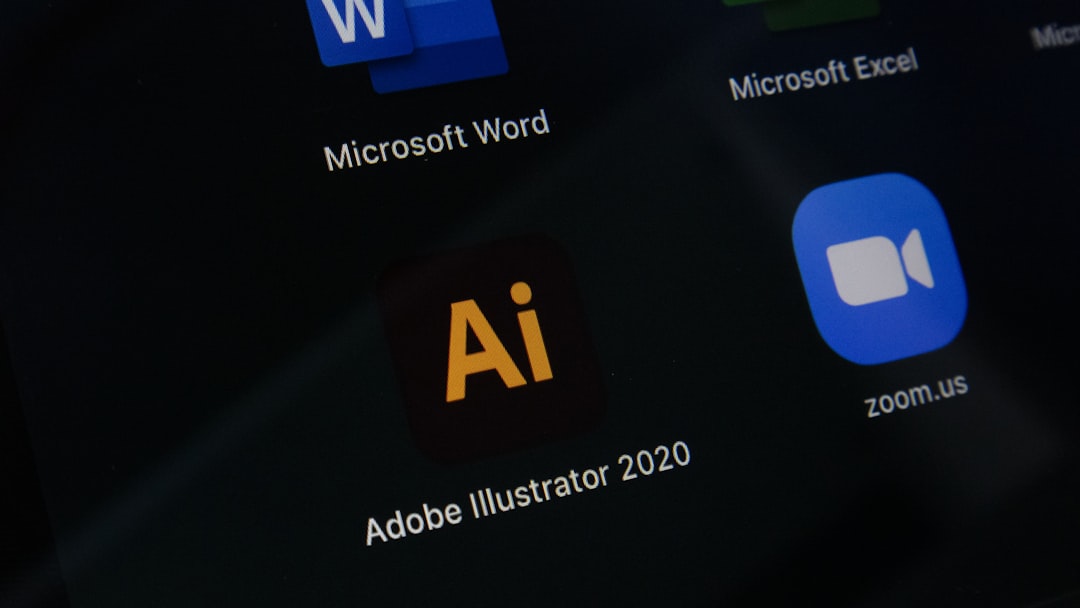When comparing AI to traditional methods in software development, several key differences emerge that highlight the strengths and weaknesses of each approach.
Key Differences
1. Approach to Problem-Solving
-
Traditional Software Development: This approach involves writing code based on predefined rules and logic to solve specific problems. It is predictable and controlled, focusing on deterministic outcomes.
-
AI Development: AI systems are trained on data to learn and improve over time. They adapt to new situations and make decisions based on patterns in the data, rather than following fixed rules.
2. Development Lifecycle
-
Traditional Software Development: Follows a linear lifecycle—requirements gathering, design, development, testing, and deployment. Updates are manual and based on specific requirements.
-
AI Development: Operates on an iterative cycle. Models are trained with data and continuously improve as new data is processed, leading to a more flexible development lifecycle.
3. Data Dependency
-
Traditional Software Development: Relies on static, structured data. The system is designed to handle predefined inputs and produce specific outputs.
-
AI Development: Thrives on dynamic data. The more data an AI system receives, the better it performs. It learns from data to improve accuracy and efficiency.
4. Error Handling
-
Traditional Software Development: Error handling is straightforward, with clear causes like incorrect input or faulty code. Issues are fixed through targeted code adjustments.
-
AI Development: Introduces emergent behavior, where errors may not be predictable. Handling requires ongoing monitoring, training, and model adjustments.
5. Scalability
-
Traditional Software Development: Requires manual scaling. As applications grow, more code is added, and performance optimizations are made manually.
-
AI Development: Offers self-optimizing scalability. AI models improve their performance as they process more data, scaling naturally without constant developer intervention.
Advantages of AI Over Traditional Methods
-
Adaptability: AI systems can adapt to changing conditions and improve over time, making them ideal for dynamic environments.
-
Data Handling: AI efficiently processes large volumes of data, uncovering insights that might be difficult for traditional systems to identify.
-
Automation: AI automates routine tasks, reducing human error and freeing developers for more strategic work.
Challenges and Limitations of AI
-
Complexity: AI requires significant data and computational resources, which can be challenging to manage.
-
Monitoring: AI systems need continuous monitoring due to their adaptive nature, which can introduce unpredictability.
Balancing AI and Traditional Software Development
Finding a balance between AI and traditional methods is crucial. AI can enhance productivity and streamline workflows by automating tasks, while traditional development ensures reliability and security. This synergy can lead to robust applications that meet complex digital demands.










0 Comments